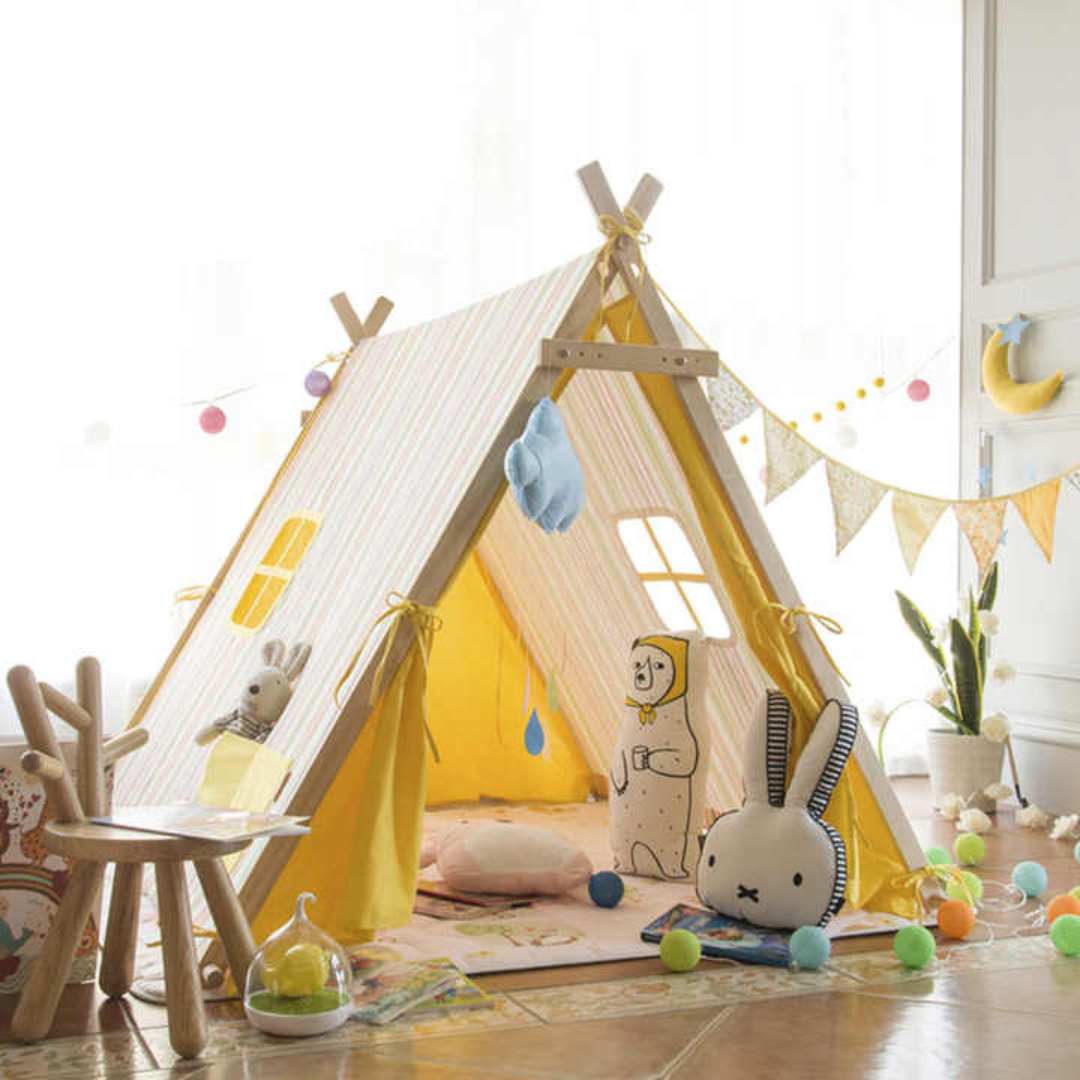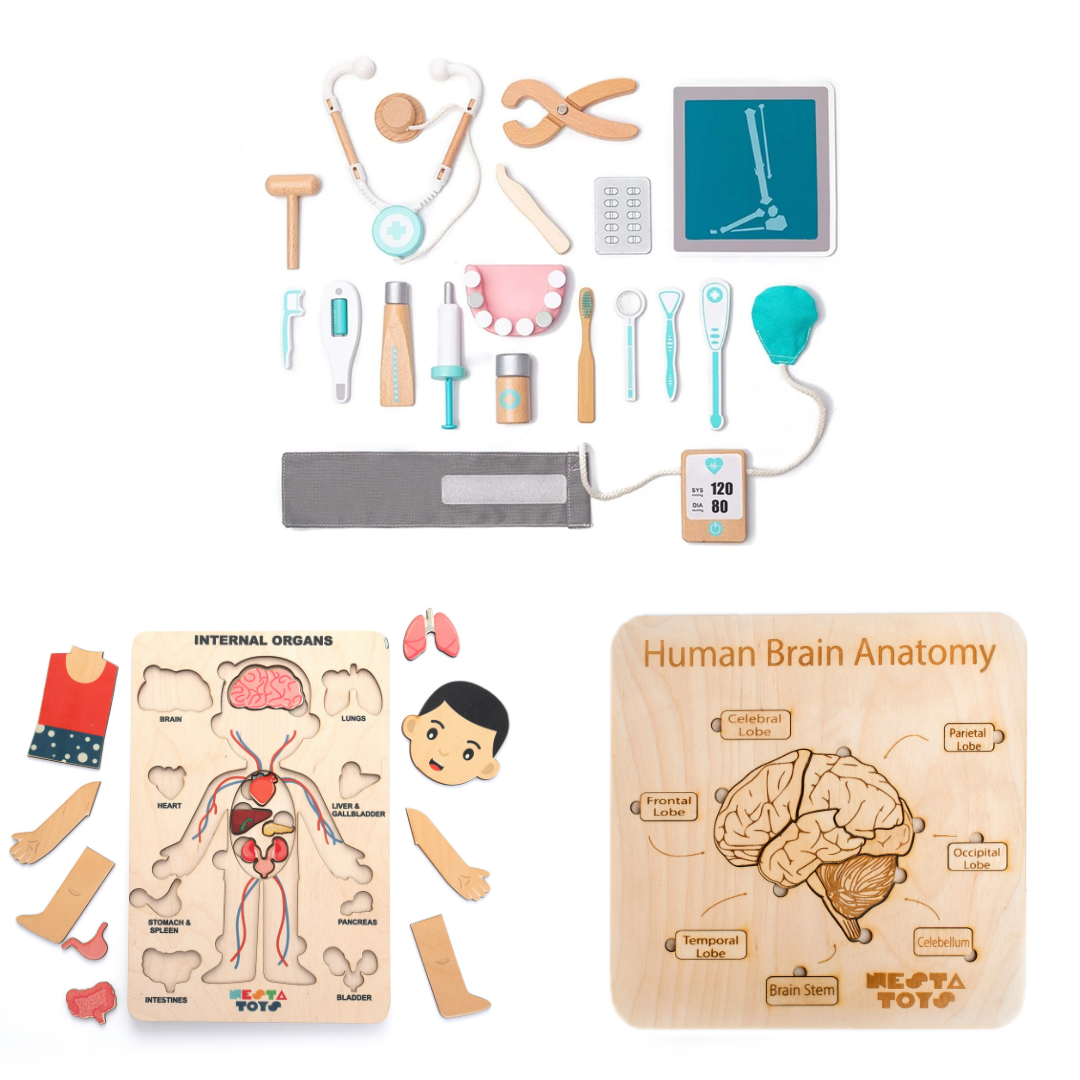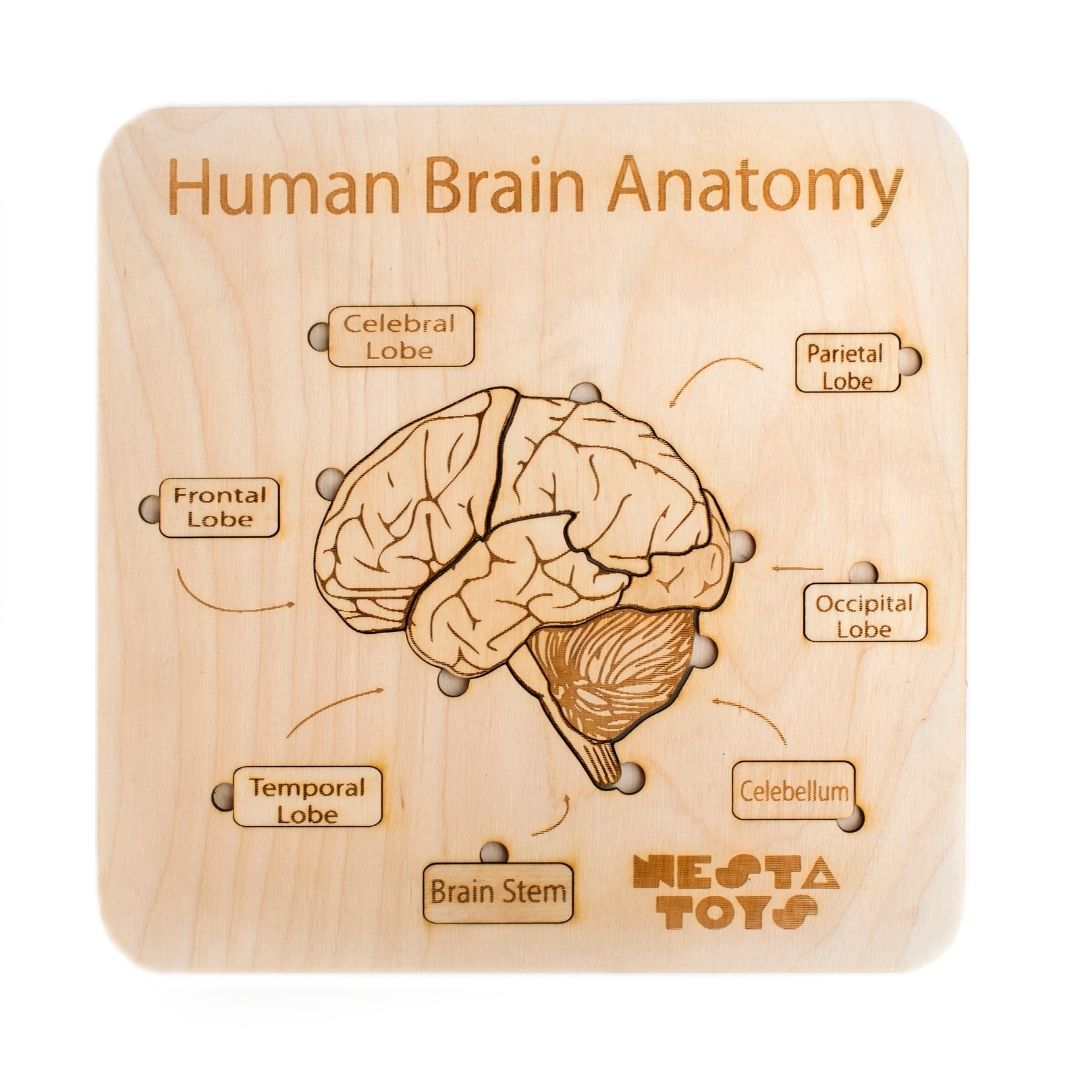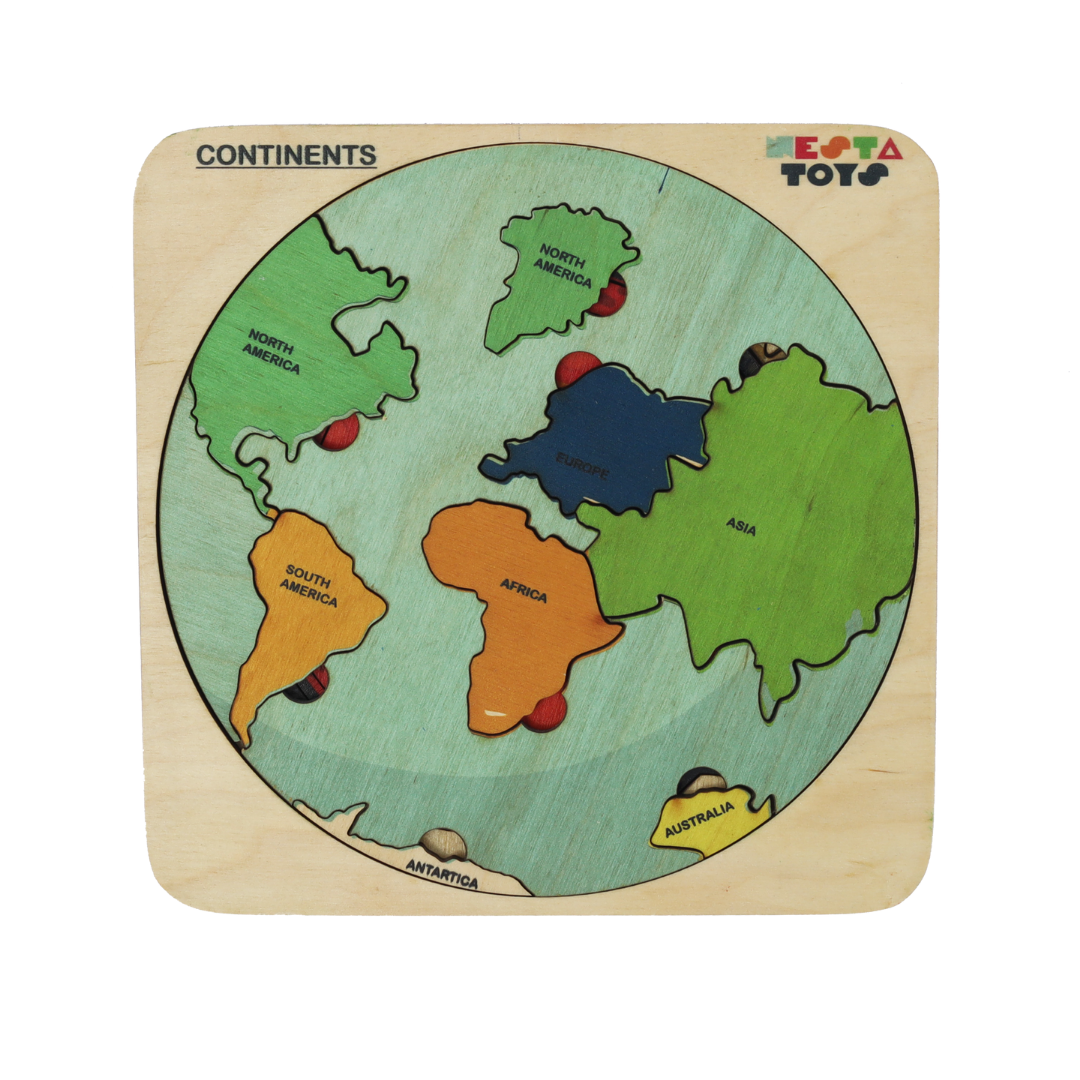Type: Blocks
Wooden City Building Blocks Set (115 Pieces)
Type: Educational
33-Piece Wooden Tool Kit Set with Tool Box
Type: Pretend play
Wooden Doctor Role Play Set
Type: Blocks
69 Pieces Beech Wood Train Track Set
Type:
City Traffic Beaded Building Block
Type: Pretend Play
Wooden Bread Pop-up Toaster
Type: Pretend Play
Wooden 12 Piece Makeup Kit | Pretend Play Makeup Set for Kids (3 - 8 years)
Type:
Wooden Vegetable and Fruit Magnetic Toy (15 Pcs)
Type: Blocks
Wooden City Building Blocks Set (115 Pieces)
Type: Educational
33-Piece Wooden Tool Kit Set with Tool Box
Type: Pretend play
Wooden Doctor Role Play Set
Type: Blocks
69 Pieces Beech Wood Train Track Set
Type: Pretend Play
Wooden 12 Piece Makeup Kit | Pretend Play Makeup Set for Kids (3 - 8 years)
Type: Pretend Play
Wooden Barber Playset (18 Pcs)
Type:
Sensory Wooden Toy Set with Montessori Tray (7 Pcs)
Type:
Montessori Chopping Board & Knife | Safe Cutting Tool for Kids
Type:
Periodic Table of Elements Jigsaw Puzzle (108 Jumbo Pieces)
Type:
World Map Jigsaw Puzzle (108 Jumbo Pieces)
Type:
Solar System Jigsaw Puzzle (108 Jumbo Pieces)
Type:
3-in-1 Wooden Tabletop Easel with Blackboard, Whiteboard, Paper Roll, & Accessories
Type:
Pounding Bench Wooden Toy with Hammer
Type:
Wooden Clacker Toy | Rattle for Babies
Type:
Double Sided Framed Chalkboard | Wooden Slate for Kids
Type:
Aquatic Life Jigsaw Puzzle (108 Jumbo Pieces)
Type:
Wooden Teepee Tent for Kids with Padded Cotton Mat
Type: Blocks
69 Pieces Beech Wood Train Track Set
Type:
Wooden Doctor Kit (3+ Years) - Pretend Play Set & Puzzle
Type:
Wooden Train Set with Building Blocks
Type:
Construction Tool Toy (25 Pcs)
Type:
Firefighter Pretend Play Toy with Fireman Costume Kit (14 Pcs)
Type: Pretend Play
Wooden Barber Playset (18 Pcs)
Type: Pretend Play
Wooden 12 Piece Makeup Kit | Pretend Play Makeup Set for Kids (3 - 8 years)
Type: Blocks
Wooden City Building Blocks Set (115 Pieces)
Type:
City Traffic Beaded Building Block
Type:
Wooden Vegetable and Fruit Magnetic Toy (15 Pcs)
Type:
Human Body | Internal Organs Wooden Puzzle
Type:
Montessori Chopping Board & Knife | Safe Cutting Tool for Kids
Type:
Sensory Wooden Toy Set with Montessori Tray (7 Pcs)
Type: Educational
NESTA TOYS - Shape Sorter | Stacker | Lacing Toy
Type:
Fraction Puzzle - Montessori Puzzle (57 Pcs)
Featured by Press

NESTA TOYS has empowered over 500 local artisans in crafting world-class wooden toys right here in India.

Incubated by Prestigious Institutes like IIM Bangalore NSRCEL and ISB I-Venture

Rigorously tested for safety, NESTA TOYS ensure enjoyable playtime while promoting essential skills.
Because you are committed to Nurturing Young Minds

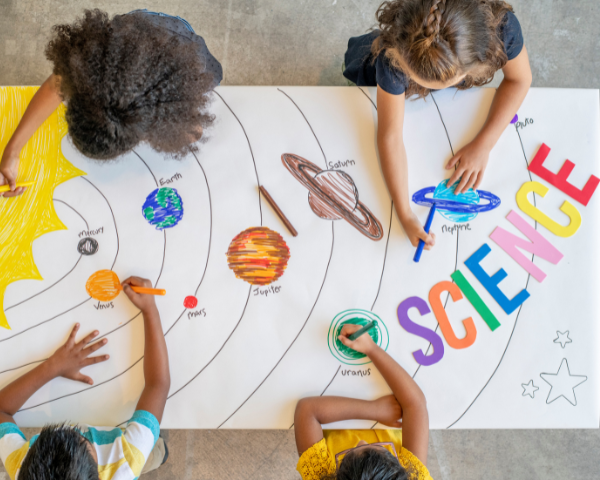
Made for Modern Parents
Discover our early learning tools. Join our WhatsApp Channel for resources to enrich your child's screen-free learning journey
We're answerable!
We design safe toys that foster skill development and learning through play, keeping children engaged and screen-free.
Any question about our toys? Check if you can find them here or Contact us
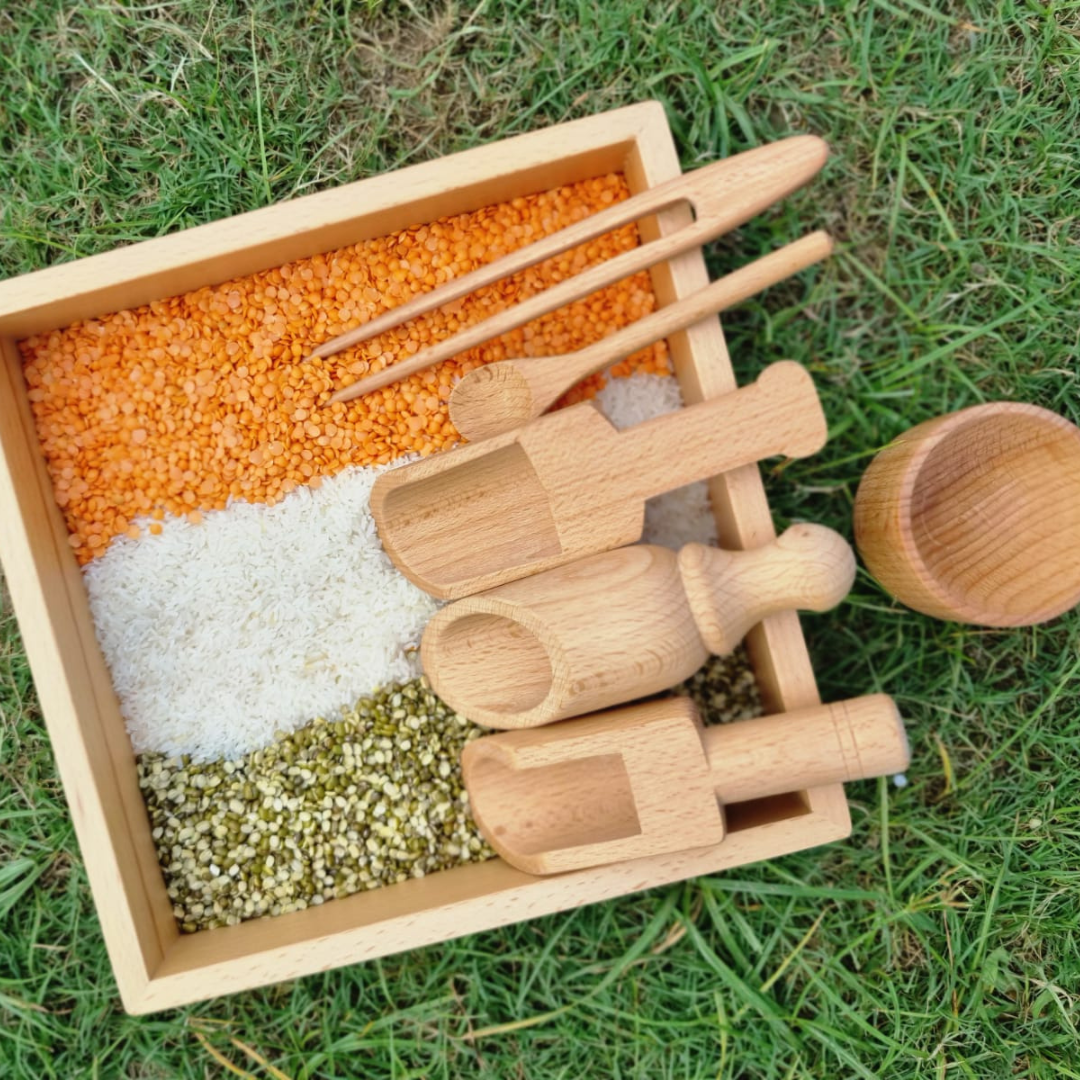
Are NESTA TOYS safe for my child?
Are NESTA TOYS safe for my child?
Absolutely! Safety is our top priority. All NESTA TOYS adhere to strict safety standards and are made from non-toxic materials.
What age group are the toys designed for?
What age group are the toys designed for?
NESTA TOYS offers a wide range of products suitable for children aged 0 to 14 years. Each product has specific age recommendations clearly mentioned on the product description.
Can NESTA TOYS help with my child's development?
Can NESTA TOYS help with my child's development?
Yes! Our toys are designed to stimulate cognitive, sensory, and motor development. Each product description highlights the specific developmental benefits.
How long does shipping take?
How long does shipping take?
We ship your order within 24 hours and it will be delivered to you within 4-7 business days, depending on your location. For faster delivery, expedited shipping options are available. Please contact us for any specific shipping inquiries.
Get to Know Us Better
Our Products
Want a peek behind the scenes, tips for endless kid fun, exclusive giveaways, and more?
Our Team
Meet our passionate team, explore our creative process, and learn what sets us apart.
Learning Resources
Get STEM resources, activity sheets, Montessori materials, parenting book summaries. (FREE)












































